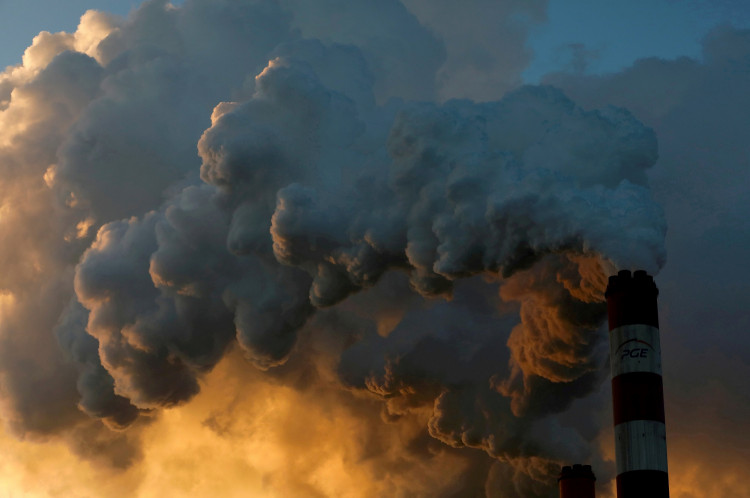On Wednesday (Oct. 5), a group of international energy and transportation companies declared that they will begin a project to construct and test a carbon capture system on board an oil tanker over the course of the following two years.
In a joint press release on the sidelines of the Singapore International Bunkering Conference and Exhibition (SIBCON) 2022, the companies stated that the project aboard a medium-range tanker owned by shipping company Stena Bulk is aiming for at least 30% absolute carbon dioxide capture or approximately 1,000 kilograms per hour.
The Global Centre for Maritime Decarbonization (GCMD) in Singapore, the Oil and Gas Climate Initiative (OGCI), Stena Bulk, Alfa Laval, an industrial company, the American Bureau of Shipping, The Netherlands Organisation for Applied Scientific Research (TNO), and Deltamarin, a shipping service provider for the marine and offshore industries, are all participating in the project.
"GCMD views shipboard carbon capture as one of the mid-term solutions needed to help the maritime sector to decarbonize," GCMD CEO Lynn Loo said.
Conceptual design and front-end engineering design study (FEED) of the carbon capture system are part of the project's first phase, which will be finished in the first quarter of 2023, according to the companies.
Engineering, purchasing, building, and commissioning a prototype marine carbon capture system will come next, they stated. The integration of the carbon capture system with the tanker and completing sea testing will be the main goals of the project's final phase, according to the firms.
The pressure on international shipping and energy corporations to reduce carbon emissions and achieve net-zero emissions by 2050 is growing.
Net zero refers to reducing greenhouse gas emissions as closely as possible to zero, with any leftover emissions being reabsorbed from the atmosphere, for example by oceans and forests. The science is crystal clear that the increase in global temperature must be kept to 1.5°C above pre-industrial levels in order to prevent the worst effects of climate change and maintain a livable planet.
The Earth has already warmed by 1.1°C since the late 1800s, and emissions are still rising. Emissions must be cut by 45% by 2030 and net zero by 2050 in order to maintain global warming to no more than 1.5°C.
Numerous criteria with varying degrees of robustness have proliferated along with the increase in net-zero promises. to strengthen and clarify the requirements for net-zero emissions commitments made by non-State organizations including corporations, investors, cities, and regions, and to hasten their implementation.






